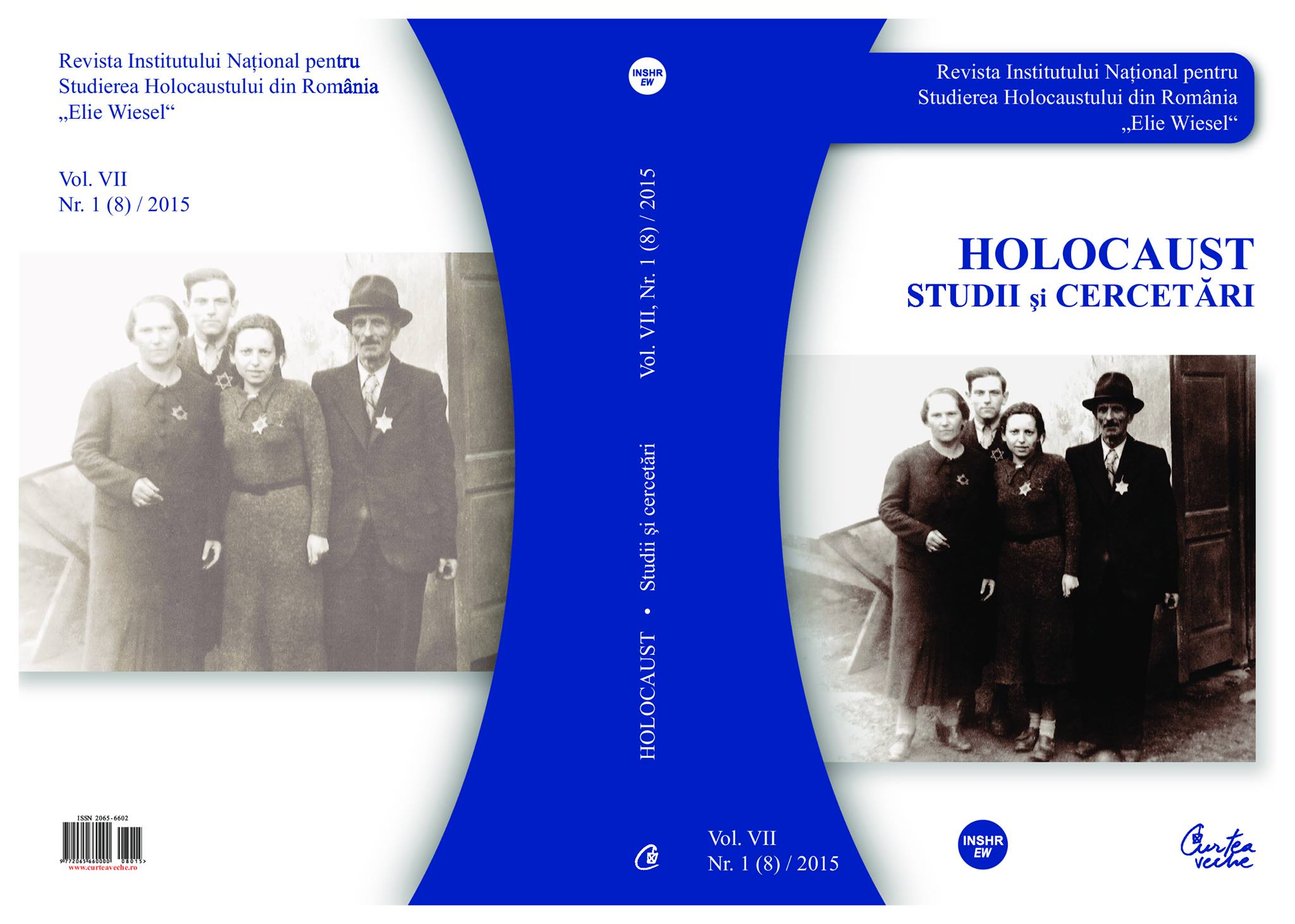The “Second Nürnberg”: Legend vs. Myth in Postcommunism (II)
The “Second Nürnberg”: Legend vs. Myth in Postcommunism (II)
Author(s): Michael ShafirSubject(s): History
Published by: Institutul National pentru Studierea Holocaustului din Romania ELIE WIESEL
Keywords: History; memory; denazification; Nürnberg
Summary/Abstract: In the first part, this article shows that “denazification” is a legend transformed into a myth (in the Sorelian sense of this term) and reflects a clash of memories rather than a dispute among historians. The “myth as legend” undergoes a transmogrification into “myth-asaction” and is employed for the purpose of justifying calls for a “symmetric” treatment of the Gulag based on the precedent of the Holocaust, in order to bring to justice those per- ceived as culpable of the crimes of the former regime, as well as for lustration. The second part shows that the clash is also part and parcel of the postcommunist search for a “usable past”, entailing a pronounced subjective dimension; it also insists on the “social frameworks” of memory (Halbwachs) and on the role of “myth-providers”. The extent and, above all, the limits of denazification in postwar Germany are analyzed in the third part, while the fourth does the same for the Austrian case. The fifth part refers to the extent and the limits of the French and Italian postwar retribution of former officials of the Vichy and Mussolini regimes, the punishment of collaborators and the “mis-memory” of their actions. In a counterfactual section, the sixth part again refers to subjectivity, presenting an imaginary postwar trial of Benito Mussolini. The concluding remarks attempt to bring some novel analytical angles based on some sociologists’ treatment of collective memory and its subjectivity.
Journal: Holocaust. Studii şi cercetări
- Issue Year: VII/2015
- Issue No: 08
- Page Range: 243-280
- Page Count: 38
- Language: English
- Content File-PDF

